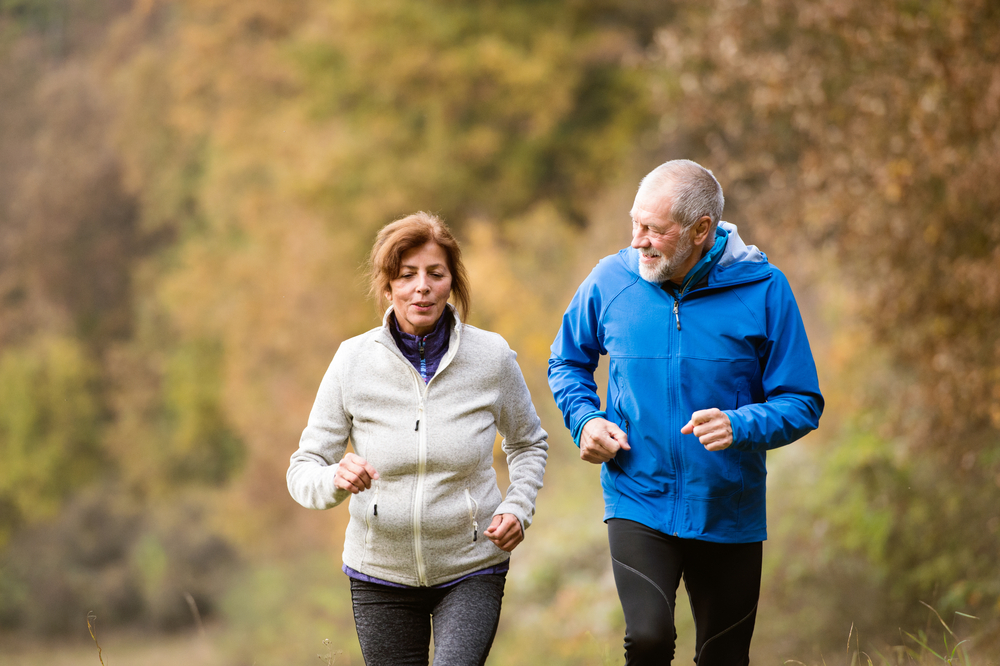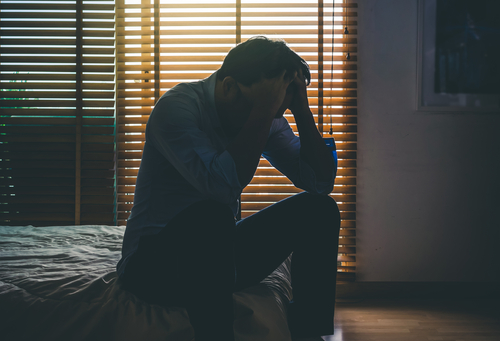Outdoor exercising is, without a doubt, healthy and highly beneficial to your body and mind.
However, a large number of people perceive exercising negatively, seeing it as more of an obligatory and stressful routine than a healthy practice. But if you think of it, exercise is the simple act of moving your body. It isn’t as burdensome as you probably imagine. Instead of seeing exercise as a drag, start seeing it as your body’s most basic function– movement. Now start moving your body more within a day and with higher intensity. Simple!
Moving your body will not only help you lose weight but will also foster your feelings of joy and optimism. It improves your mood by tackling mental disorders such as anxiety and depression. Research shows that people who exercise at least once a week handle stressful tasks better than those who don’t exercise at all. And because you will always encounter stressful tasks and situations for as long as you live, you simply cannot overlook the necessity of routine exercise.
How Moving Your Body Can Improve Mood Disorders
If you haven’t been moving your body as regularly as you should, here are 9 ways through which you can start boosting your mental ability through exercise.
1. Increased tolerance for your “fight or flight” instincts
Your mood is dependent on a system within your brain that is known as the “fight or flight” system. This system reacts to physiological changes within your environment, either by becoming extremely frightened or by wanting to fight back. A good example is when you hear a sudden loud noise and your heart rate fluctuates rapidly. If this system isn’t tolerant enough for different symptoms of fear, then you are a prime candidate for anxiety and stress.
You can boost the system’s tolerance levels by engaging in regular aerobic exercises. Train your heart to beat normally even when exposed to sudden physiological changes. Another proven way of boosting this tolerance is engaging in social games such as soccer and paintball. Get yourself soccer or paintball equipment and, together with your close relatives or friends, create a support system around the game. This sport not only boosts your physical activity but also is a great way of engaging and connecting with your friends and family.
2. Increasing BDNF
BDNF is a healthy brain protein that aids the growth of nerve fibers. When your brain has this protein in abundance, you experience lesser severe depressive symptoms. Psychotherapists agree that some of the best medications for anyone suffering from an acute shortage of the BDNF protein are regular cycling, flexibility exercises, and balance exercises. In order to make these activities even more appealing, you can try something new and invest in an electric bike, definitely the trend amongst outdoor enthusiasts.
3. Perfect medication for ADHD
Moving your body regularly helps you cope better with attention-deficit disorder (ADHD). Experts suggest that moderate-intensity exercises and attention-grabbing tasks are the best in this regard. Moderate-intensity exercises include cycling and dancing. Games that grab your attention and improve your focus include paintballing, scavenger hunts, and more. A single 20-minute exercise session will significantly lower your feelings of fatigue, confusion, and depression.
4. Meditation helps you cope better with traumatic experiences
Meditative movement is a known therapy for most depressive symptoms. It helps you to focus on your body, mind, and soul. When you meditate, you live in the moment, paying close attention to your gut feelings and bodily sensations. It helps you note your body’s breathing and heartbeat rhythms, even as you move around a position in space. That allows you to appreciate you for who you are and forget the many stressful occurrences that threaten to dim your mood.
Some of the meditative movements that you should try include qigong, yoga, and Tai Chi. Those will alleviate your symptoms of post-traumatic stress disorder, especially after you go through a life-threatening experience. However, it is important to note that post-traumatic disorder is best diagnosed by psychiatric experts. You can also seek the help of a qualified life coach who will assist you in finding your inner peace even as you continue shaking off the traumatic symptoms. The idea here is to move your body and at the same time seek professional help.
5. Exercise is a powerful depression reliever
Running for 15-20 minutes per day, for example, can be a better alternative to antidepressant medication.
From a scientific perspective, moving your body promotes feelings of calm and well-being by expediting the generation and release of endorphins. Endorphins are powerful chemicals that, when released into the human brain, uplift spirits and make people feel energized. They are the natural painkillers and mood elevators in your body. Science aside, exercise can be a good distraction from negative thought patterns. When you go hiking in the woods, for example, the cycle of negative thoughts that feed depression is discontinued, and that affords you some quiet time to feed positivity into your brain. That is why according to a recent study by the Harvard T.H. Chan School of Public Health, moderate exercise can be an effective remedy to mild and moderate depression. The study also found out that walking for at least an hour per day can lower your chances of suffering from major depression by up to 26%. For people recovering from depression, maintaining a regular exercise routine can lower your chances of relapsing.
6. Lowering levels of stress hormones
Besides stimulating the production of endorphins, moderate workouts such as aerobic exercises can significantly lower the levels of your body’s stress hormones, particularly adrenaline and cortisol. This neurochemical effect boosts the feelings of relaxation and optimism, which are vital for enhanced mood and spirits.
7. The confidence boosting factor
The emotional benefits of exercise can be attributed to the physical changes that your body experiences as a result of regular exercise. Physical fitness gives you a sense of mastery and control, renew your vigor and energy, and helps you achieve key lifestyle goals. Exercise helps your waistline shrink, improves your physical and mental health, boosts your strength and stamina, and improves your all-around physical appearance. Your self-image improves as a result, and that is what you need for enhanced feelings of pride and self-confidence.
8. Progressive muscular relaxation and mood-boosting
When you are stressed and your moods dip, your muscles become tight and tense. The reverse is also true. If you learn the art of relaxing your muscles, you will make it easy for your body to dissipate stress and consequently boost your spirits. That is where progressive muscular relaxation comes in handy. This technique is almost as easy to do as deep breathing exercises, only that it takes more time to learn and more effort to execute.
How does progressive muscular relaxation work?
This technique is best performed in a secluded place. You know; a tranquil, quiet, peaceful, and comfortable place. You need a comfortable mattress or mat for optimal comfort. You will also need an audio guide book that will be whispering directions into your ear, at least until you master all steps.
Once you master the art of progressive muscle relaxation, you will be able to relax all major muscle groups in your body, release tension, and enjoy the sensation of relaxation sweeping through your entire body. Some of the muscles that will boost your moods faster include facial muscles, chest muscles, stomach muscles, buttocks and thighs, arms (especially biceps and forearms), legs (particularly calves, feet, and toes).
The entire progressive muscular relaxation routine takes about 15 minutes, but it is advisable to do it 2-3 times a day especially if your daily schedule is stress-ridden. The results will start showing in about two weeks.
9. Prevents memory loss
Moving increases oxygen and blood circulation in the brain and that improves mood and cognitive functioning especially for senior citizens. Simply put, exercise reverses cognitive decline such as memory loss. And because short-term memory problems, absent-mindedness, and chronic forgetfulness are the key symptoms and contributors of dementia, reversing them early enough through moderate exercise is tantamount to treating dementia beforehand.
What is the relationship between dementia and mood?
Dementia affects judgment, and bad judgment can be detrimental to a person’s social life. It causes depression and anxiety. Some people experience extreme and sudden emotions of anger, agitation, and/or aggression. Sometimes people with dementia show apathy (lack of care) even in the most serious situations. It is almost impossible for such a person to lead a happy social life. Preventing dementia through exercise, therefore, is a proactive guard against negative spirits in the future.
Final thoughts
As you move your body during the day, remember to give it optimal rest at night for the best results. Not sleeping enough at night will leave you feeling fatigued and moody throughout the day. If you add that to the many crazy experiences you encounter at and from work, sometimes in the workplace, your mood simply falls into a ditch.
Bottom line: Move your body when you should and sleep when you should. Those two must never overlap.











































































